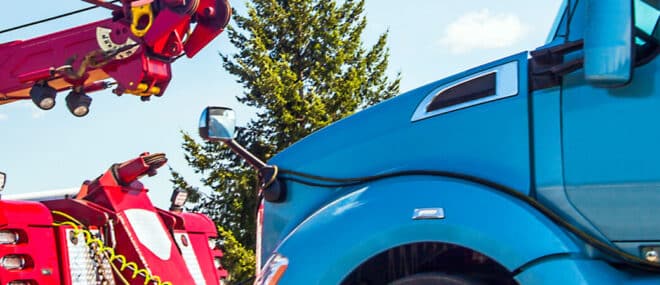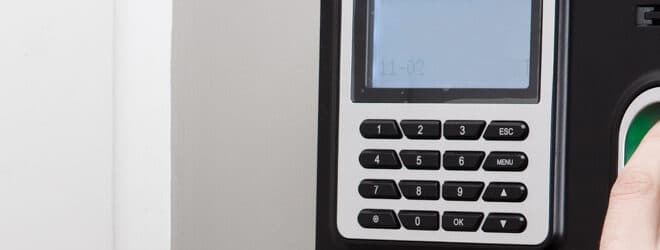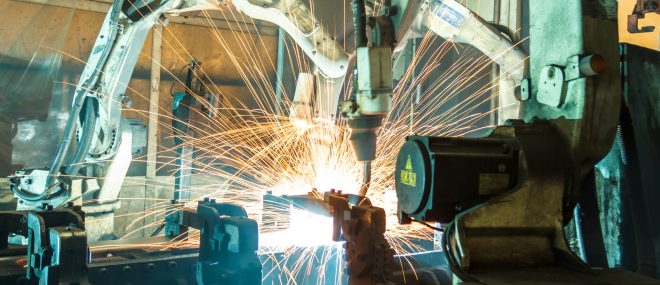Hurricanes are very dangerous weather events that can result in injuries, destroyed buildings, and delayed business operations. In order to best minimize your risk, it is extremely important that you take the time to prepare, practice, and execute a business continuity plan. Being prepared for a hurricane helps to minimize fear and confusion, helps keep your personnel safe, and allows your business to operate off-site. Here are some steps on what you can do before, during, and after a hurricane to help keep your business safe:
Before a hurricane
An important part of keeping your business safe and running during an extreme weather event, like a hurricane, is preparation. Being adequately prepared can help prevent serious injury, minimize damages, and reduce overall loss. Here are some things to consider when preparing for a hurricane.
Develop a business continuity plan
Establish a written procedure and train employees on a comprehensive business continuity plan in the event of a hurricane. Ensure this emergency plan clearly outlines what to do, where to go, and how to stay connected. This includes, but is not limited to, the following:
- An emergency contact list
- A diagram of your building and all exits
- The location of emergency storm kits, fire extinguishers, electrical box, and other important building features
- A list of designated meeting places and safe shelters
- Various hurricane scenarios with solutions
- How to continue business operations at a different location
Secure your property and all of your equipment
Identify any areas on your property that may be vulnerable to extreme weather, such as high winds and heavy rain. These areas should be discussed with a construction expert and/or structural engineer to sort out how you can best strengthen the interior and exterior of your structure.
You will want to ensure that your roof finish is adequately maintained so that shingles are not subject to damage from high winds and storm conditions. From there, reinforce your roof, as well as any other openings to your building such as windows, doors, and exterior siding.
Create an emergency storm kit
Create a kit containing all the essentials that you will need during a storm. This can include, but is not limited to, any of the following items:
- A copy of your business continuity plan
- A facility shut down checklist
- A first aid kit
- Personal protective equipment (PPE), including gloves, goggles, and boots
- A battery operated or wind-up radio, as well as a battery operated or wind-up flashlight
- Matches and candles
- Water bottles, and non-perishable food
- Basic tools, ropes, and fasteners
- Toiletries, hand sanitizer, and any medication you may need
Once your kit is created, ensure that it is placed in an accessible location to staff, and that all employees are trained on how to use the items in the kit. Also consider keeping one in any work vehicles that you may have.
During a hurricane
It is important to stay calm and follow your business continuity plan. Evacuating your employees to safety is of the utmost importance. If evacuating using a vehicle, do not use cruise control in wet conditions, as this can cause your vehicle to accelerate and hydroplane. Drive slowly and carefully while maintaining a safe following distance.
However, if you are unable to evacuate, and you deem your building to be the safest location, here are some tips you should follow:
- If you are in a high-risk area for a tornado that is not prone to flooding, move to a small, windowless room at the lowest level of a sturdy building.
- If you are in an area prone to flooding, move to higher ground to keep floodwaters away from you.
- Ask trained personnel to board up windows, doors, and other vulnerable openings, if safe to do so, to protect the building from flying debris. Otherwise, keep away from glass windows and doors.
- Verify that your fire protection equipment is operational, such as the fire alarm system, sprinkler system, smoke detector, and fire extinguishers.
- Follow your organization’s facility shut down checklist, such as turning off non-critical equipment and production processes.
- Store important hardcopy documents (that are not backed up electronically) in a waterproof and fireproof safe box.
- Move vehicles and mobile equipment to a safe location, such as a garage. If you are in a flood zone, move your vehicles and mobile equipment to a higher elevated area.
After a hurricane
Your first thought may be to return to your business and check for damages immediately. But you should only return to your building once it has been confirmed that the hurricane is over and you are alerted by the media it is safe and secure to do so.
Once you have returned to your business, consider following these inspection and safety tips:
- Get a structural engineer to carefully inspect the interior and exterior of your building, and hire specialists to repair any damaged foundations, holes, and structures.
- Ask an electrician to test your electrical systems and repair any electrical wiring that may have become exposed during the storm.
- Have a plumber test the water supply before use of any kind, due to contamination that could have arisen.
- Hire cleaners to perform a thorough cleaning of the facility. Do not touch any floodwater as it may contain bacteria, chemicals, and sewage that can cause illnesses.
- Assess your damaged contents to determine what can be repaired versus what should be discarded and replaced.
- Take photos and videos of any damages on your property should you need proof for warranty replacements and insurance purposes.
- During this recovery period, ensure you are still following your organization’s regulations and precautionary measures such as maintaining a formal hot work permit system, fire watch, and no smoking regulations.
Protect yourself and your business
Unfortunately, you can’t always control what happens to your business, especially when it comes to extreme weather events. You can, however, control how prepared you are. Having the right protection in place can make a huge difference to your business and livelihood. To learn more about protecting yourself and your business, visit our Business Insurance page today.
This blog is provided for information only and is not a substitute for professional advice. We make no representations or warranties regarding the accuracy or completeness of the information and will not be responsible for any loss arising out of reliance on the information.




